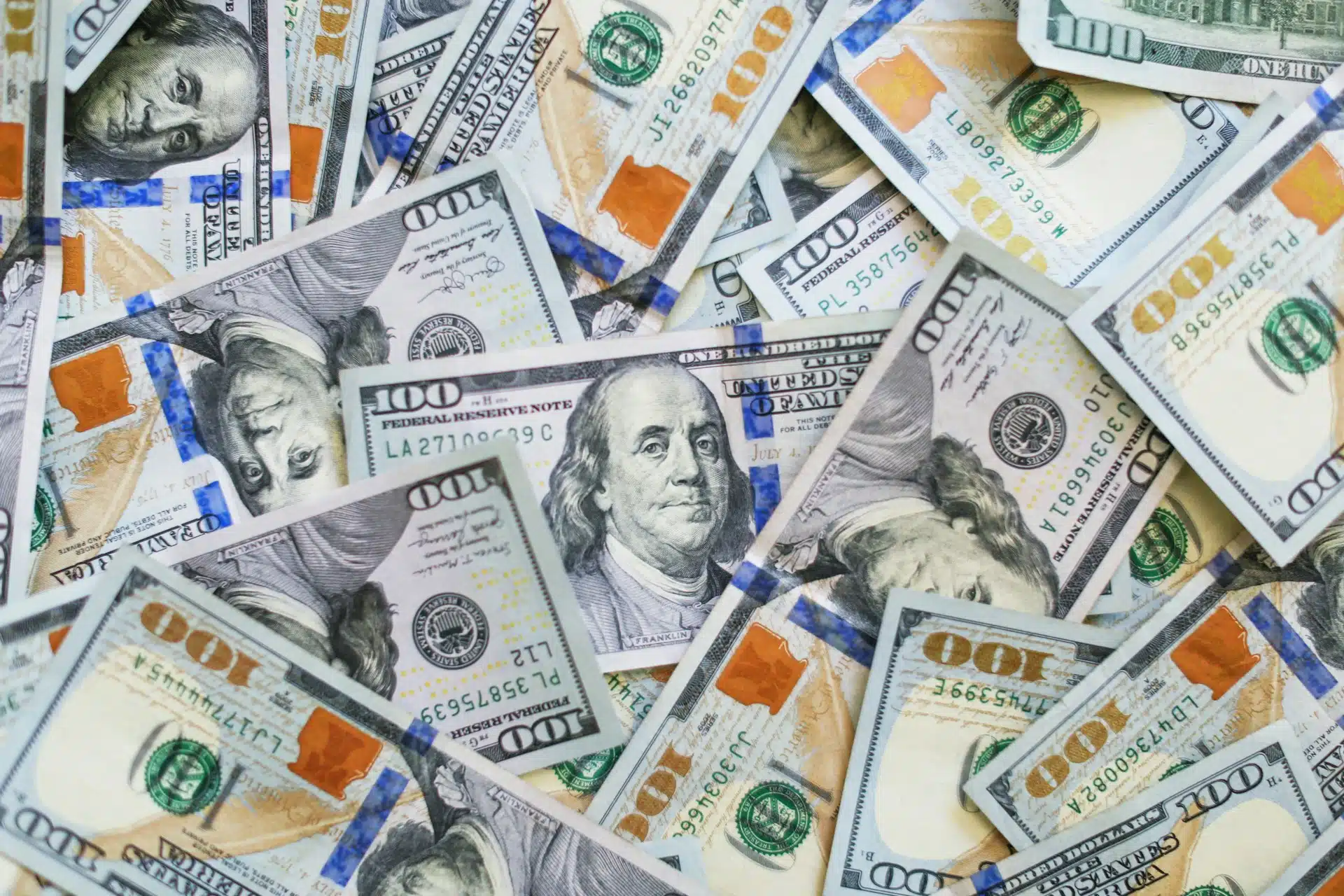Namibia’s banking sector closed the 2024 on a strong liquidity footing, driven by a sharp increase in investments in government-issued instruments.
According to the Bank of Namibia’s Financial Stability Report, liquid assets in the sector rose by 20.2 % to $1.9 billion, up from $1.4 billion in the previous year.
This growth, the report stated, was supported by rising demand for treasury bills and other sovereign securities, as banks positioned themselves to absorb the government’s higher funding requirements.
Investments in treasury bills alone increased by 14.9 %, reaching an average of $967 million, while investments in other government-issued securities climbed by 22.3 %.
As a result, the sector’s liquidity ratio improved to 19.7 %—up from 17.3 % in 2023 and well above the 10-year long-term average of 15.5 %.
The central bank notes that liquidity levels are expected to remain healthy in 2025, partly due to continued fiscal activity and elevated demand for government financing.
Capital ratios remain solid despite uptick in risk exposure
Despite a marginal dip in capital adequacy ratios, the banking sector remains well-capitalised.
The total risk-weighted capital ratio edged down to 16.7 % in 2024, compared to 16.9 % a year earlier. Similarly, the Tier 1 capital ratio declined slightly to 14.7 %.
The bank attributed these reductions to a faster pace of growth in risk-weighted assets, combined with dividend payouts. Still, both ratios remain comfortably above the regulatory thresholds of 12.5 % and 10.0 %, respectively.
Asset growth fuelled by lending and treasury securities
The balance sheet of the banking industry also expanded during the period under review. Total assets rose by 7.1 %, driven largely by growth in short-term securities and net loans and advances.
Net lending reached $6 billion in December 2024, marking a 5.6 % increase, spurred by higher demand for instalment sales and fixed-term loans.
Meanwhile, treasury bill holdings averaged 12.6 % of total assets, suggesting banks are maintaining a cautious exposure to sovereign debt.
On the funding side, growth was underpinned by non-bank deposits, including commercial demand, fixed, and notice deposits, which continue to serve as the primary source of sector funding.
With capital buffers still intact, liquidity on the rise, and a growing loan book, Namibia’s banking sector entered the 2025 in a position of resilience—ready to meet rising government financing needs while maintaining financial stability.






